The COVID-19 pandemic has forced us to go through our daily lives in new norms. When we are in public places, the government has enforced the standard of procedures (SOPs) for us to obey and these include, to scan the body temperature and to record the attendance every time we enter the premise / building. Individual with body temperature below 36.0 and above 37.5 degree Celcius are not allowed to enter the premise / building. Therefore, non-contact infrared thermometers that are equipped with Internet-of-things (IoT) technology are widely used as they are relevant in this new norm. The device is different from the regular non-contact thermometer. It has improved the ability to capture the temperature and individual’s identity directly to the cloud server. The automated temperature device is known as iSuhu which is integrated with a microcontroller, ESP32 board, to control the data and handshake to the mobile apps through Bluetooth communication channel. The developed mobile apps is named JomHadir which currently is freely available at Apple Store and Play Store. The cloud server is known as JomHadir dashboard.
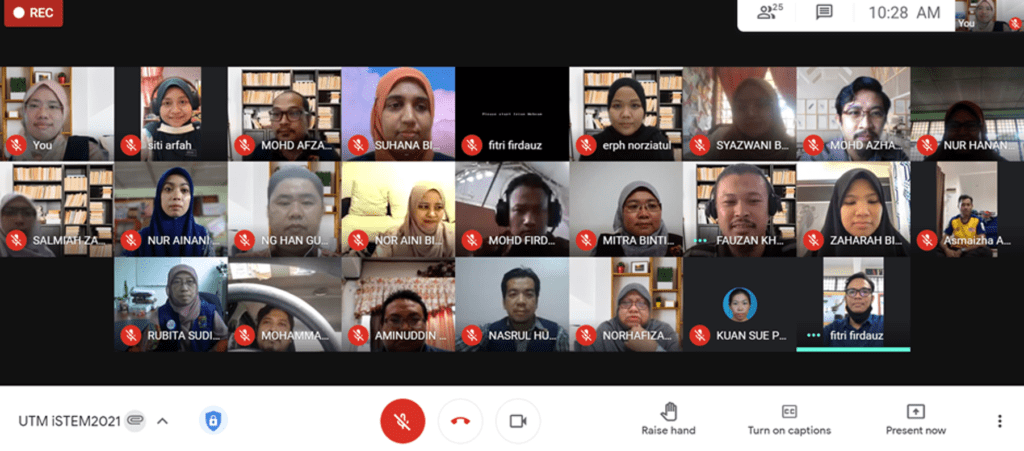
A group of volunteers from School of Electrical Engineering, namely STEM-SRBTK, took an initiative to setup a 1-day training program to transfer the knowledge to the primary school and secondary school teachers through online platform, Google Meet. The program was sponsored by Faculty of Engineering of UTM under SEED Grant. Before the program began, the volunteers had set up a Google Classroom to provide training materials (website elearning module, gitHub open source, Arduino code open source) to the teachers, and the teachers must have received a set of widely available non-contact temperature device (K3 device), a printed circuit board (PCB), a microcontroller ESP32 board, a stand and two cables connectors. During program, the volunteers facilitated one-to-one training with the teachers.
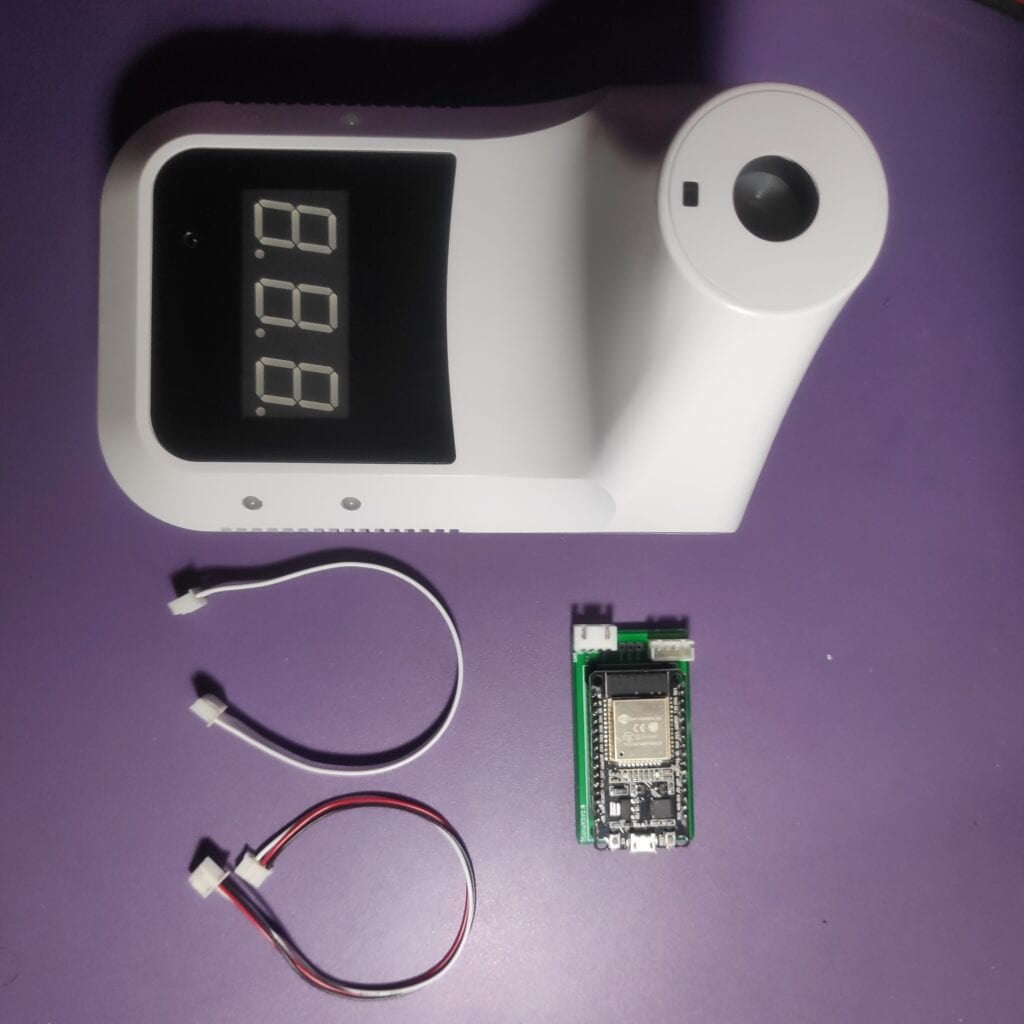
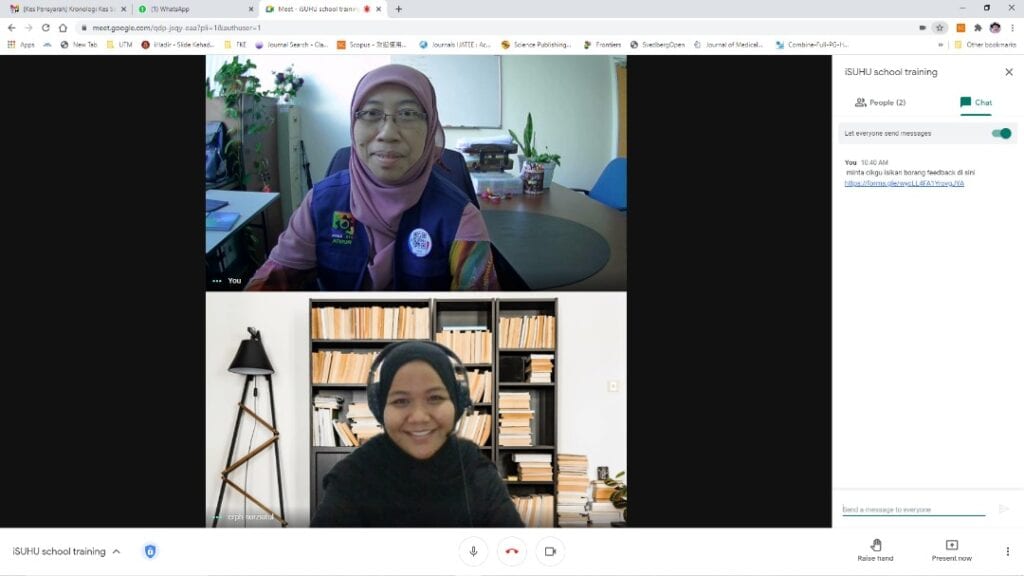
21st century learning skills were applied through this program including performance in the areas of creativity, critical thinking, communications, and collaboration. To begin with, the teachers must be creative and have critical thinking to solve the development of their automated temperature sensor (iSuhu) when given the respective components and materials through Google Classroom. While during 1-to-1 training session, they have experienced communications and collaboration with their respective facilitators. In addition, they were exposed to IoT in parallel with current revolution of industrial 4.0.
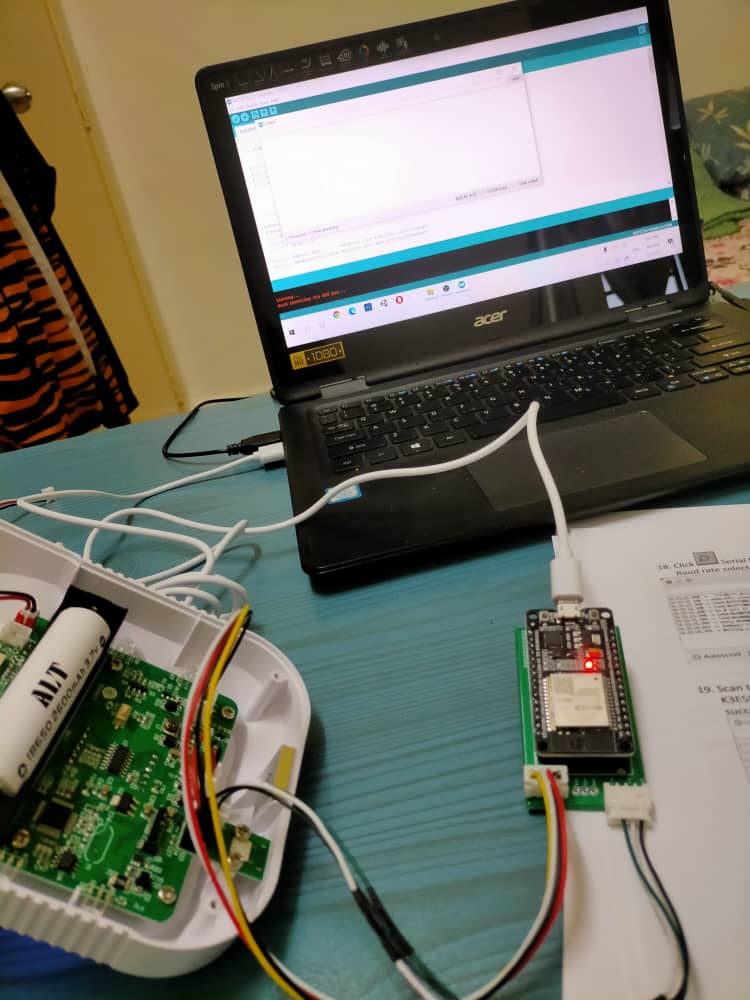
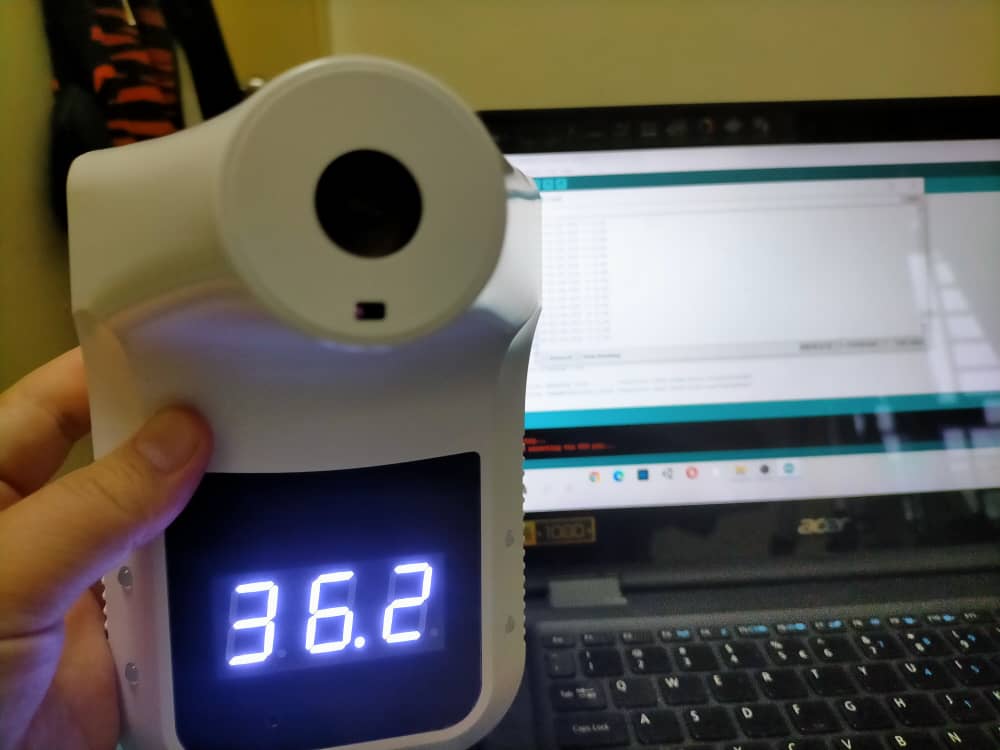
At the end of this program, the teachers received a task to record the video of themselves while teaching their students on how to set up their iSuhu and JomHadir mobile apps.
Further information could be found at https://www.utm.my/stemrbtk/jom-hadir/ , https://www.utm.my/stemrbtk/istem/ , and facebook.com/jomhadirqr/
